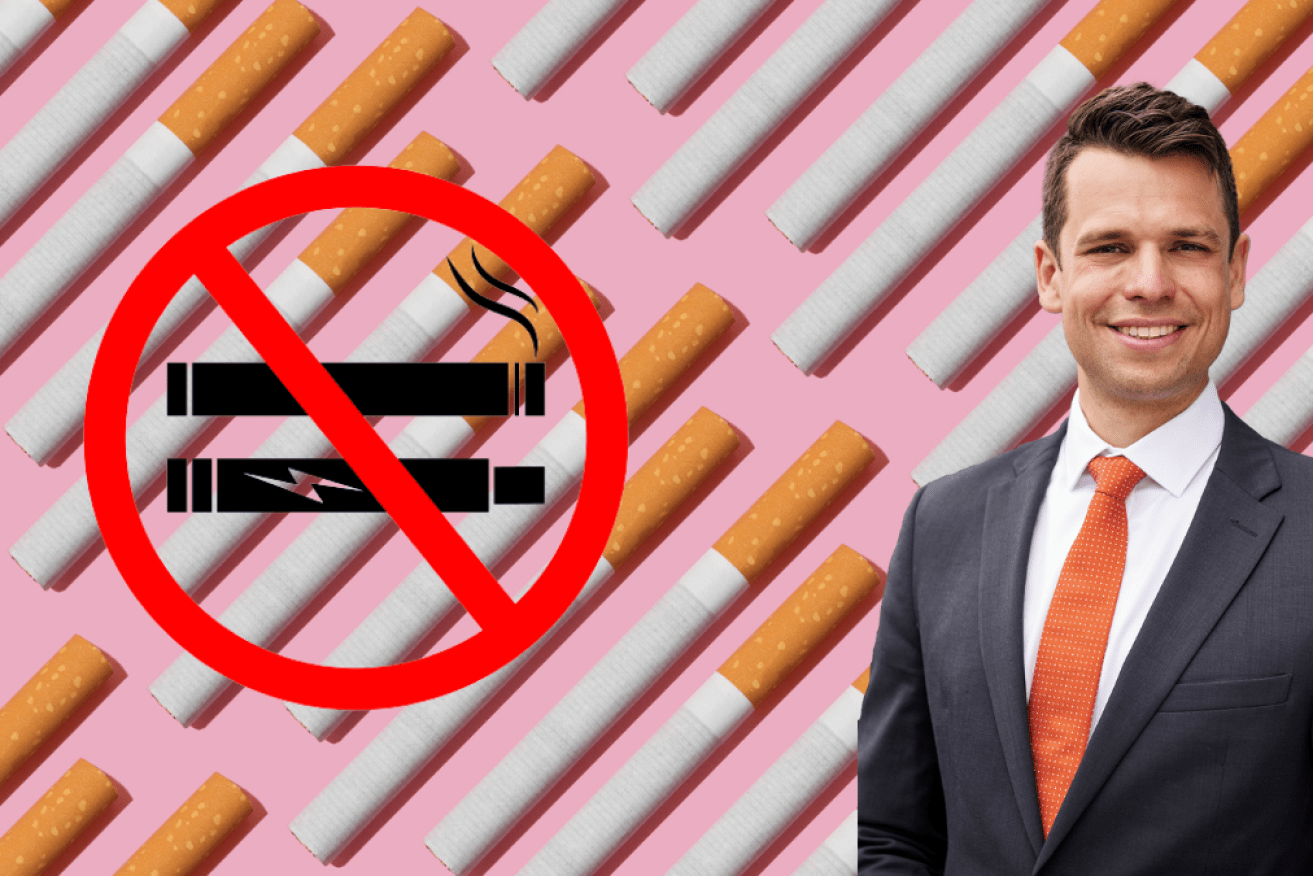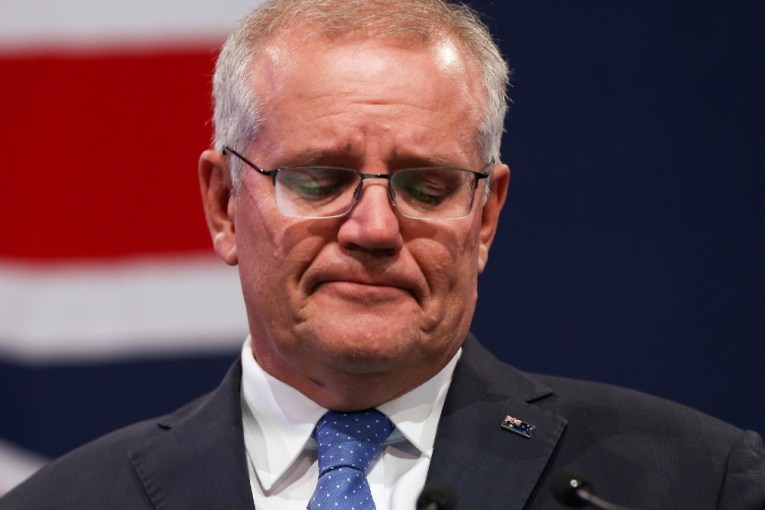The Stats Guy: Smoking, vaping and Australia’s pursuit of a healthier population


Australia has all but beaten cigarettes, but can the country get past the vaping trend? Photo: Getty/TND
Beep, beep. $51.95. That’s not an unusual amount for a shop at the supermarket.
What did the guy in front of me get for his $51.95? One packet of 25 cigarettes. For those playing along at home, that’s $2.08 for a single cigarette.
I am not a smoker, never was. I knew that smoking was expensive, but it shocked me a bit to learn just how expensive smoking is in Australia these days.
Exploring smoking through the data
A few basics first.
You know that smoking is bad for your health. You know that nicotine is highly addictive. The high medical costs associated with smoking are also no surprise to you.
Like the majority of Australians, you are probably happy with the model of taxing cigarettes to have smokers pay for public health expenses upfront, while still granting them the right to smoke as long as they don’t force second-hand smoke on others.
Public health efforts to decrease the rate of smoking were super successful in Australia. Smoking related death rates fell dramatically over the last 30 years.
How does Australia compare internationally?
We are doing mighty well.
Australia features one of the lowest rates of daily smokers among OECD nations.
Only 11 per cent of Aussies (13 per cent of males and 9 per cent of females) are smoking daily, while Germany (19 per cent), France (26 per cent), and Indonesia (33 per cent) feature much higher counts.
A once very common and very harmful vice (in 1945 over 72 per cent of Australian men were smokers) has been slowed to a trickle. Efforts to discourage young people picking up smoking worked well. Only 0.6 per cent of women aged 15 to 17 smoke (1.7 per cent for men).
Who smokes the most?
The strongest cohort of smokers in Australia are men aged 55 to 64 (16 per cent). Female propensity to smoke peaks a little earlier (12 per cent in the 45-54 age group).
The most disadvantaged Australians (calculated based on the SEIFA index) are the most likely group to smoke. The most advantaged Australians are the least likely to smoke.
Obviously, income is a big part of this index. The people with the least money are the most likely to partake in an activity that can be very expensive and might even anchor them to disadvantage.
Smoking 20 cigarettes per day at $2.08 a pop sets you back over $15,000 per year.
Rolling cigarettes and buying cheaper brands are the traditional workarounds for smokers to keep costs down (assuming they don’t use the ultimate cost cutting trick and quit smoking altogether).
Along comes vaping
As national smoking numbers kept declining among men, women, the rich, the poor, the young and the old, it was only a matter of time until some sort of innovation was going to counter.
Along came vapes. Vaporisers are also known as e-cigarettes.
These are little battery powered gadgets that heat a liquid (they gave them the hip-sounding name of e-liquid) into an aerosol so that users can inhale the mix.

Vapes are popular with younger people.
The industry advertises vapes as a relatively healthy alternatives to cigarettes: If you can’t quit smoking, you can just transition over to vaping.
Vapes are the new nicotine patches, we are told. A great plus for public health.
You need a doctor’s prescription to be allowed to purchase e-liquids containing nicotine.
Nicotine-free e-liquids are legal and increasingly popular. Flavours are more reminiscent of a candy shop than traditional bitter cigarettes.
The selling point
The biggest selling point of vapes clearly isn’t the alleged (relative) health benefits, but the price. Heavy smokers can save up to 90 per cent by switching to vapes.
That’s a great selling point – especially for the young and the disadvantaged.
To older (and richer) smokers who grew up with positive and cool images of smoking outlaws, sucking on a fruit punch flavoured battery is clearly less attractive than it might be to young users whose opinion is easier to shape.
A 2020 study from Curtin University and the Telethon Kids Institute found in a test of 52 vaping liquids that all (!) were incorrectly labelled and all had between one and 18 chemicals with unknown effects on respiratory health.
Further, 21 per cent of e-liquids contained nicotine or nicotyrine (despite it being illegal to sell e-liquids containing nicotine anywhere in Australia).
Two thirds of e-liquids contained chemicals labelled to likely be toxic if vaped repeatedly.
Lung Foundation Australia is now calling for an outright ban of all vaping products.
The future
In forecasting there is a wonderful truism claiming that “regulation follows innovation”.
Vapes had their innovation phase and gobbled up significant market share among young users.
Now it’s time for the regulation phase. Expect many vape companies to disappear. A few big players will remain, and they will be tightly monitored.
We can be assured that Australia will continue its successful campaign to minimise the number of smokers and will target vaping products with the same rigour.
I can see much higher taxes and stricter packaging rules being the first moves. Expect a repeat of the anti-smoking playbook.
The cheap days of vapes will probably be over very soon.
Demographer Simon Kuestenmacher is a co-founder of The Demographics Group. His columns, media commentary and public speaking focus on current socio-demographic trends and how these impact Australia. Follow Simon on Twitter or LinkedIn for daily data insights.








